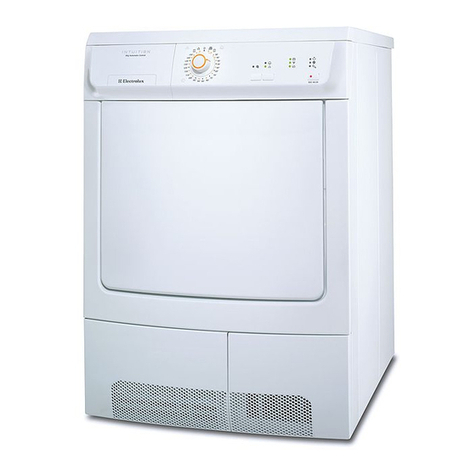Electrolux T4900 User manual
Other Electrolux Dryer manuals

Electrolux
Electrolux EIGD55HIW - 27" Gas Dryer Quick start guide

Electrolux
Electrolux EDC 5339 User manual

Electrolux
Electrolux EDE56150W Operation and maintenance manual

Electrolux
Electrolux UltimateCare 700 User manual
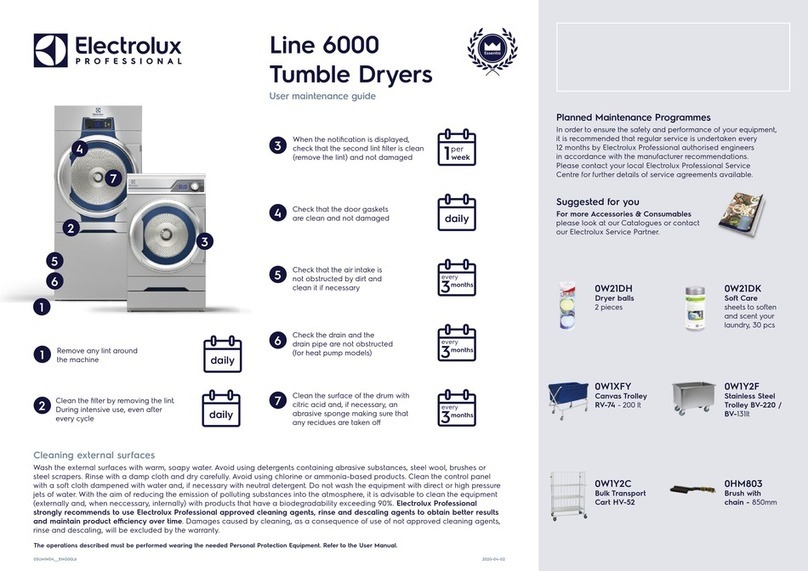
Electrolux
Electrolux 6000 Operating instructions

Electrolux
Electrolux TWSL4E301 User manual

Electrolux
Electrolux TC2 User manual
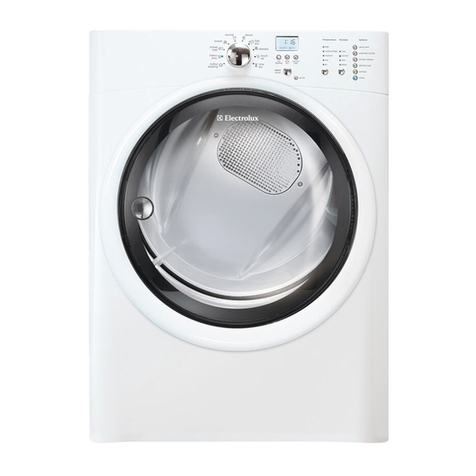
Electrolux
Electrolux EIED50LIW Installation instructions

Electrolux
Electrolux TWLEEV300 User manual
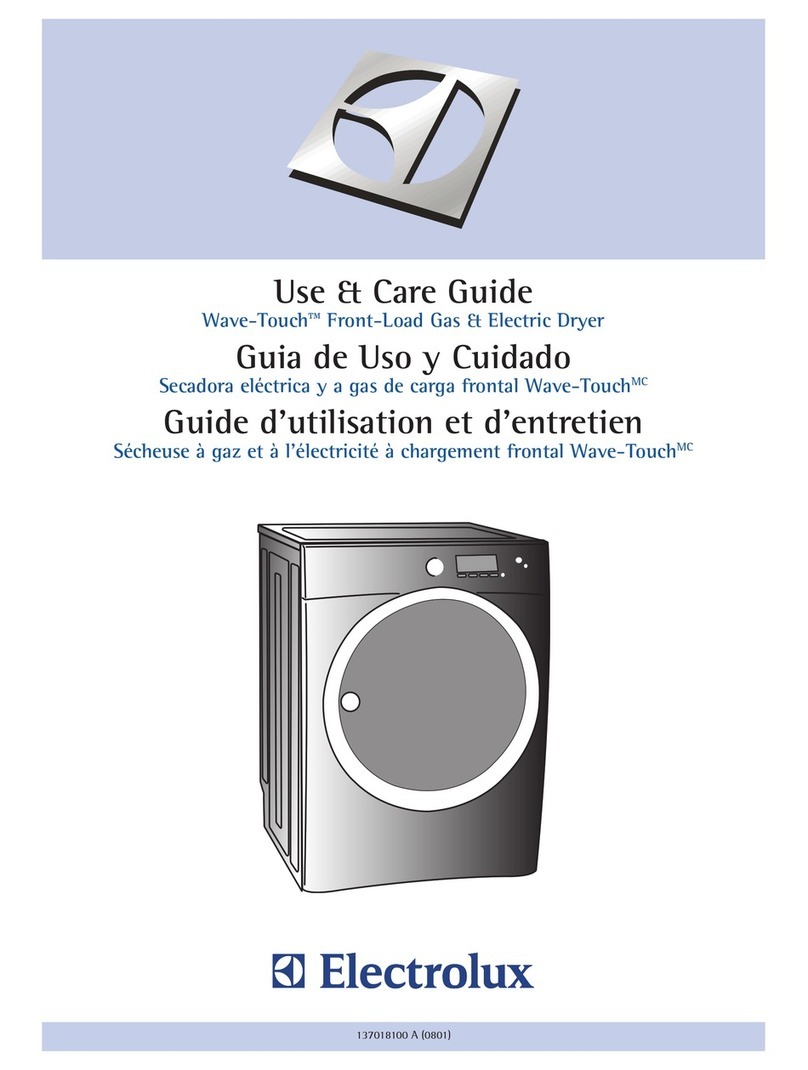
Electrolux
Electrolux EWED65HSS - 27" Electric Dryer User manual

Electrolux
Electrolux TWSL5E300 User manual
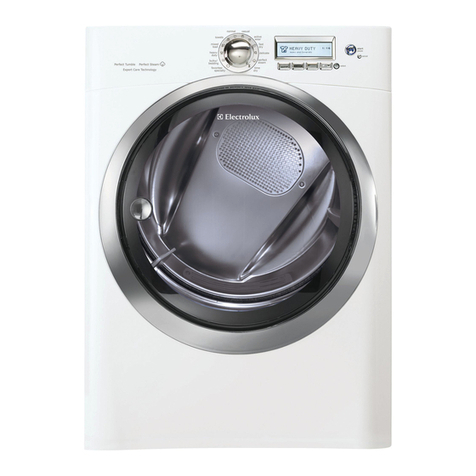
Electrolux
Electrolux EWMED70J IW User manual

Electrolux
Electrolux QuickDry QDC User manual
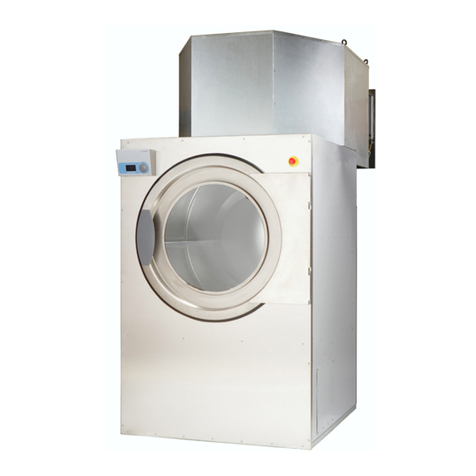
Electrolux
Electrolux T4900CR User manual

Electrolux
Electrolux EIMED55IIW - 27" Electric Dryer User manual
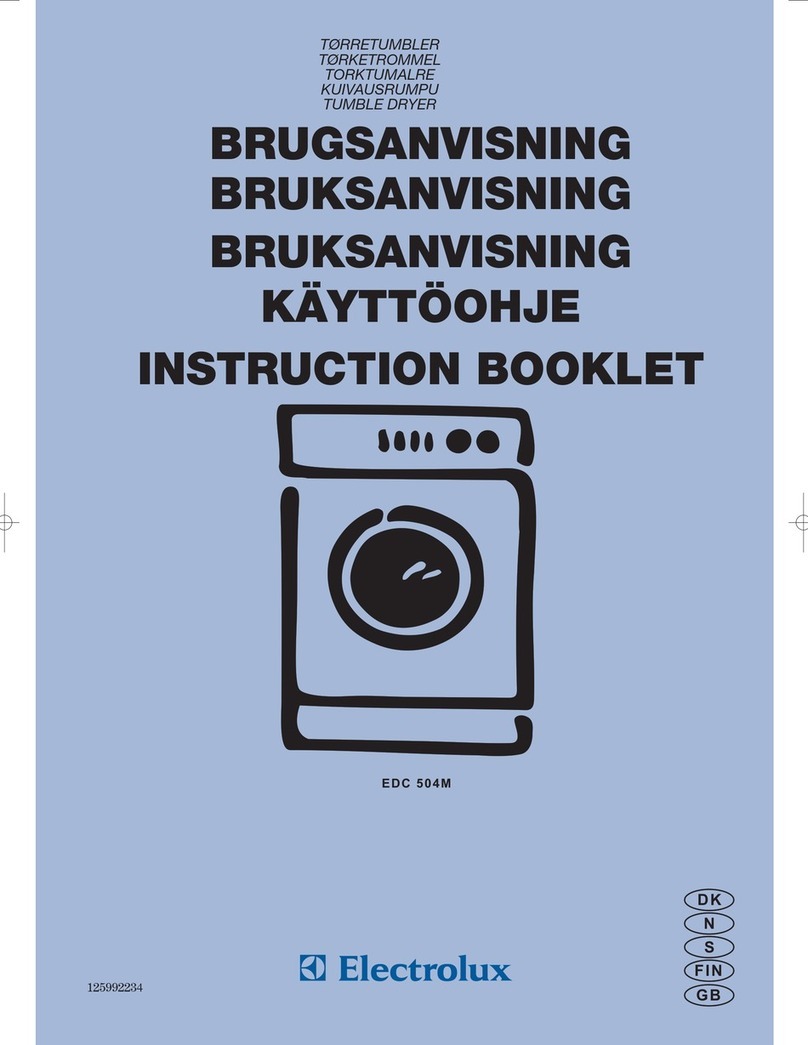
Electrolux
Electrolux EDC 504M User manual

Electrolux
Electrolux EDH3497RDW User manual
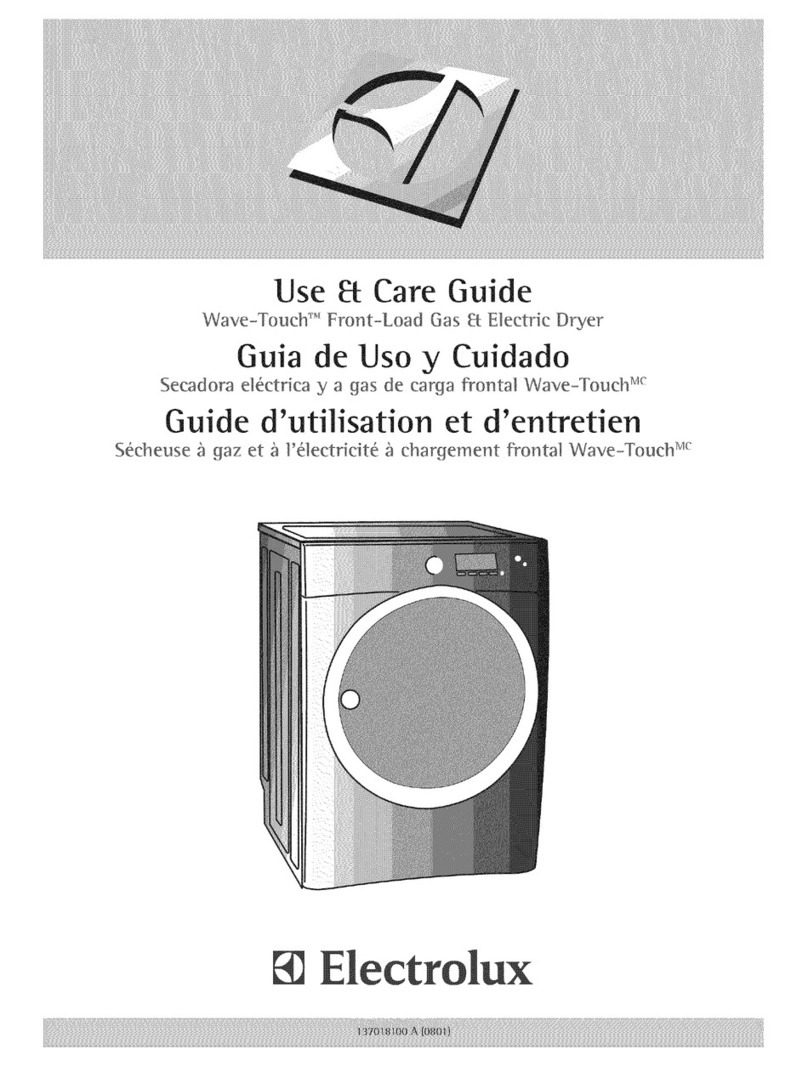
Electrolux
Electrolux EWMED65IRR User manual

Electrolux
Electrolux EW2H328R2 User manual
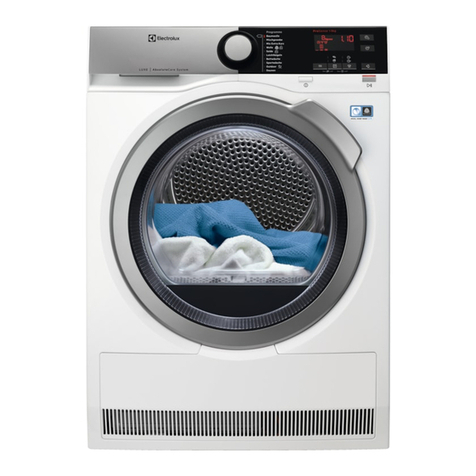
Electrolux
Electrolux TWL4E300 User manual
Popular Dryer manuals by other brands

Kenmore
Kenmore 8041 - 5.8 cu. Ft. Capacity Electric Dryer installation instructions

Frigidaire
Frigidaire CAQE7077KW0 use & care

Bosch
Bosch WTX8HKM9SN User manual and installation instructions

Sharp
Sharp KD-NHH9S7GW2-PL user manual
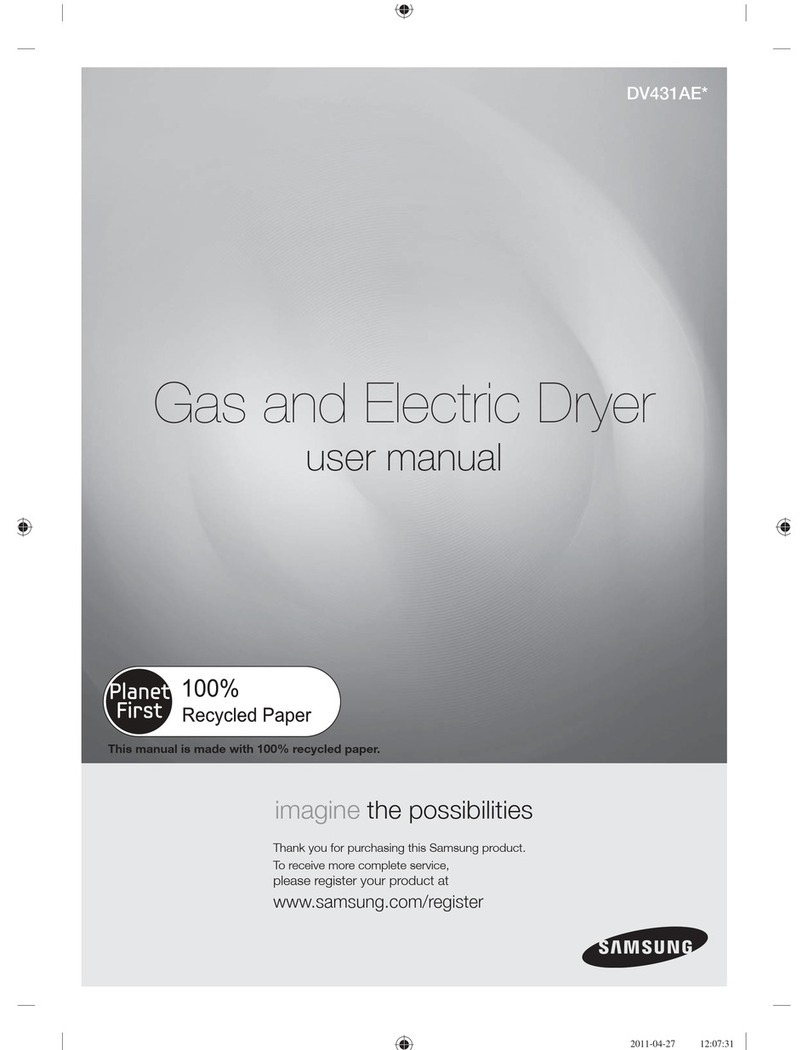
Samsung
Samsung DV431AEPXAC user manual
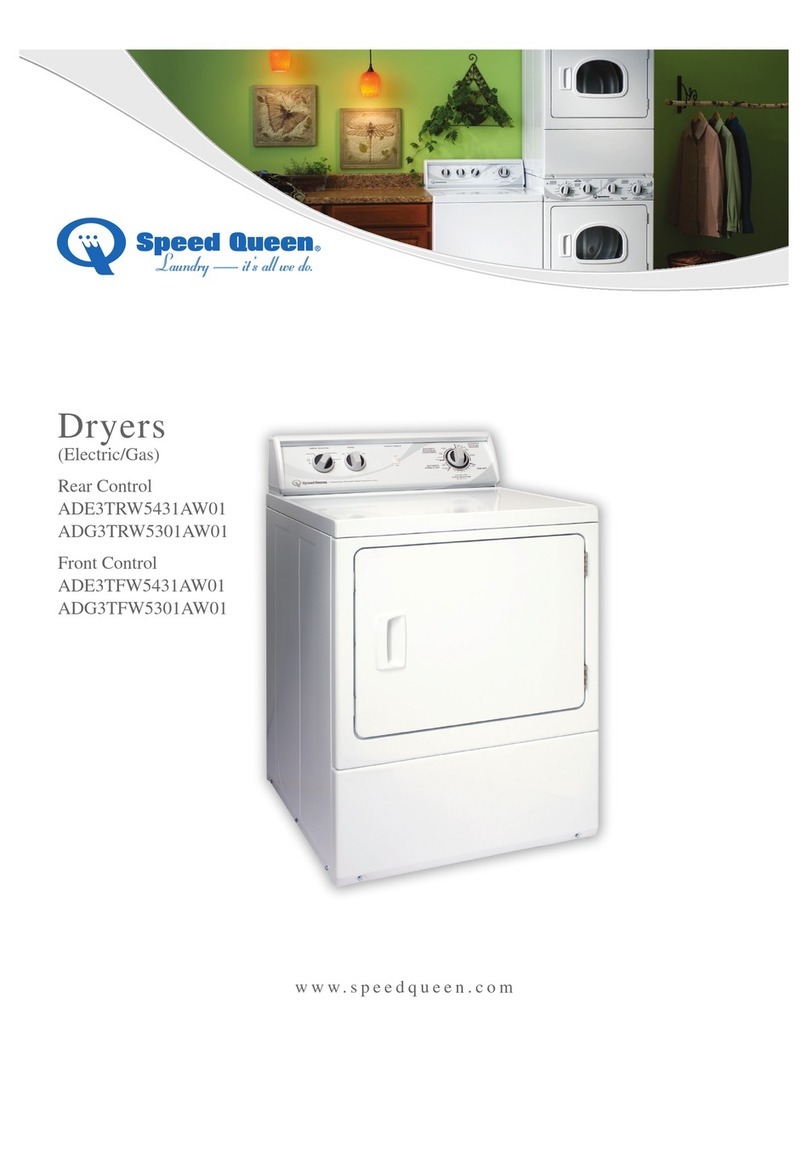
Speed Queen
Speed Queen ADE3TRW5431AW01 Specifications

